

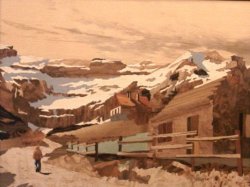
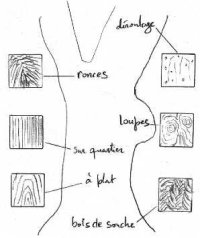
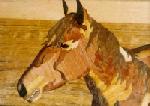
The choice between the different tree species varies according to :
1 - MANUFACTURING PROCESS : Cutting-off, unrolling, or saving.
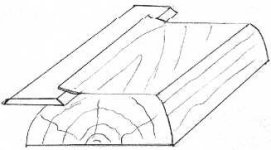
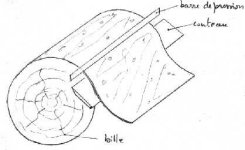
Unrolling is obtained by the rotation of the ball, verging on the "pencil sharpener" system . This technique is above all used in industry (plywood, lathed,...)

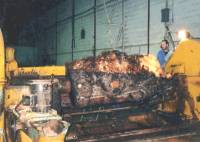
<---- Example of burr of Chestnut on foot, Lozere source.
Burr of Elm before unrolling, Pyrenees source. ---->
Marc DAVY Documents.
In these two methods, the balls are previously plunged into a hot steam room . The veneers thus obtained may vary between 4 and 9 thenths of millimetre . In some cases, you get very decorative patterns.
 Exemple of enrolled spotted mapletree
Exemple of enrolled spotted mapletree
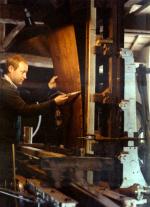 Sawing, which is the only old way, is not very used nowadays ; this is regrettable for us, since the tree species keep their warm original colour.
Sawing, which is the only old way, is not very used nowadays ; this is regrettable for us, since the tree species keep their warm original colour.
The veneers exceed 10 tenths of millimetre ; When you saw, you lose however some material ; and there is less drawing continuity from a sheet to another.
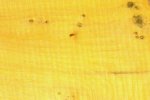
 Exemple of sawn veneers
Exemple of sawn veneers
2 - CUTTINGWAYS
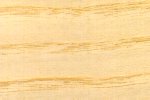
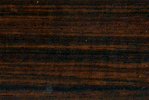 If you go from the heart, to the outside of the ball, patterns are regular and lines are parallel : it's the "on stitch" or "on quarter" cutting-off.
If you go from the heart, to the outside of the ball, patterns are regular and lines are parallel : it's the "on stitch" or "on quarter" cutting-off.
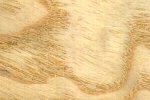
 If you go in the opposite direction, firstly in a tangential way, but still parallel to the diameter,
you get much more drawings . This is the "on dosse" cutting-off.
If you go in the opposite direction, firstly in a tangential way, but still parallel to the diameter,
you get much more drawings . This is the "on dosse" cutting-off.
3 - FLAWS IN WOOD
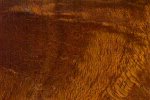
 At the intersections of the tree branches or foot,
At the intersections of the tree branches or foot,
or when there are "cancers" (kind of balls) that prout on the trees, you may get nice
burrs.

 Veneers can also have some flaws : or example, if they have been affected by damp.
Veneers can also have some flaws : or example, if they have been affected by damp.
4 - THE OTHER MATERIALS USED IN MARQUETRY

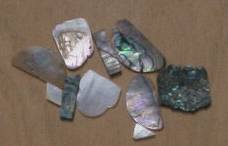

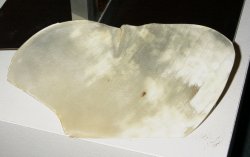




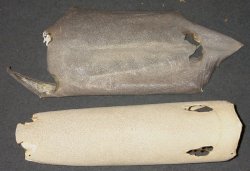

See details concerning techniques and motives for the wood on: marquetry.org
